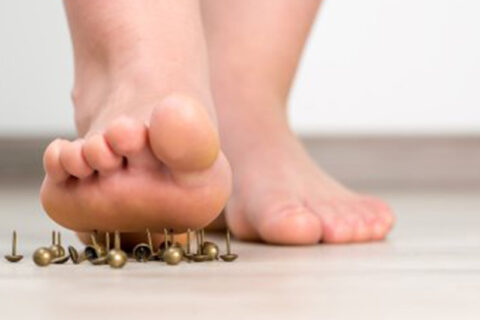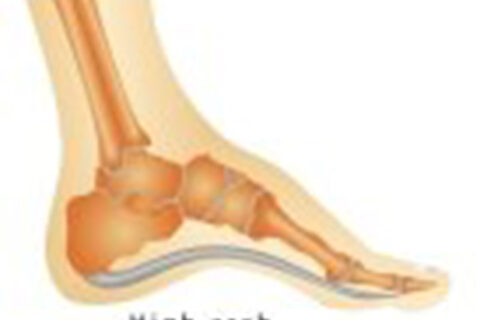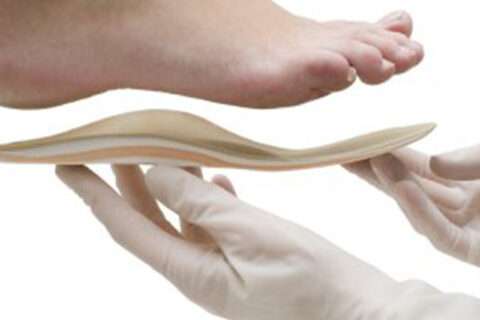Category: Flat Feet
Exercise may be essential for healthy living, but not to the point that you’re exercising while injured. If you experience unusual foot pain,…
Foot and ankle injuries can range from mildly uncomfortable to painfully debilitating. If you have a serious foot or ankle injury, it’s advisable…
People with diabetes have an enormously high risk of foot problems, including neuropathy and ulcers that can lead to amputation. A foot…
There are a variety of foot conditions that a podiatrist can treat, including flatfoot. If you are suffering from foot pain on a regular basis,…
Flat feet are feet with low arches, usually caused by a muscle imbalance. This hereditary condition can cause leg pain, foot and leg fatigue,…
A foot specialist in Sugar Land typically will recommend reconstructive foot surgery only when more conservative treatment measures fail to…
Flat feet occur when the arch of the foot is too low while in a standing position. Although the foot naturally flattens somewhat when it bears…




